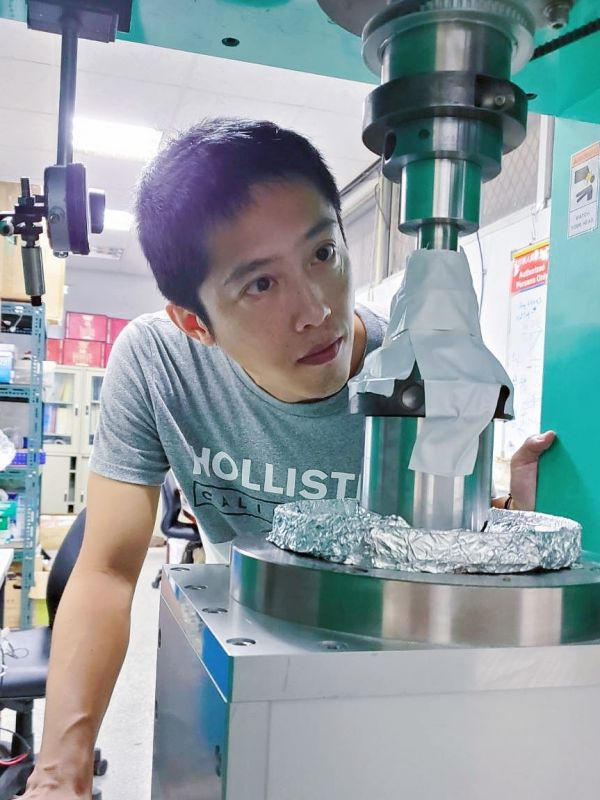Associate Professor Li-Wei, Guo
Principal Luo, Jia-Lun Outstanding Youth Research Award

<This article is proffered by Associate Professor Li-Wei, Guo>
My research is interdisciplinary, spanning in the fields of experimental rock physics, tectonophysics, and geomaterial science. I mainly focus on the study of fault zone geology, and integrate the data of (1) natural observation of active fault zones, (2) microstructural/geochemical investigation of fault rocks, and (3) experiments conducted under expected deformation condition during an earthquake for better understanding of physical and chemical processes during seismic cycle (please see the detail in the website:https://fzgl-liweikuo.com/).
Recent works showed that graphitization of carbonaceous materials took place during the 2008 Mw 7.9 Wenchuan earthquake. Since graphite is a relatively stable mineral, it’s formation and presence within the fault zones may be utilized for the retrieval of earthquake physics from the outcropped faults. In addition, on the basis of the observation of rock friction experiments derived from various conditions, graphite was demonstrated to be formed only under seismic (and relatively dry) conditions, suggesting that graphite can be considered as an earthquake indicator. We suggest that (1) in contrast to conventional rock sample preparation and analyses, micro-Raman spectroscopy can provide in-situ and fast (less than a minute) analysis, especially for the case of non-cohesive fault gouges; (2) graphitization of gouge can be used for the investigation of fault deformation during the seismic cycle; and (3) graphite at depth could be considered as an indicator of big earthquakes.
The aforementioned (and current) work of fault deformation allows to investigate physico-chemical processes within the fault zone during the seismic cycle, and further provides historical earthquake records and data required for the development of modeling of seismic hazards, which may be helpful for the predication of earthquake.

